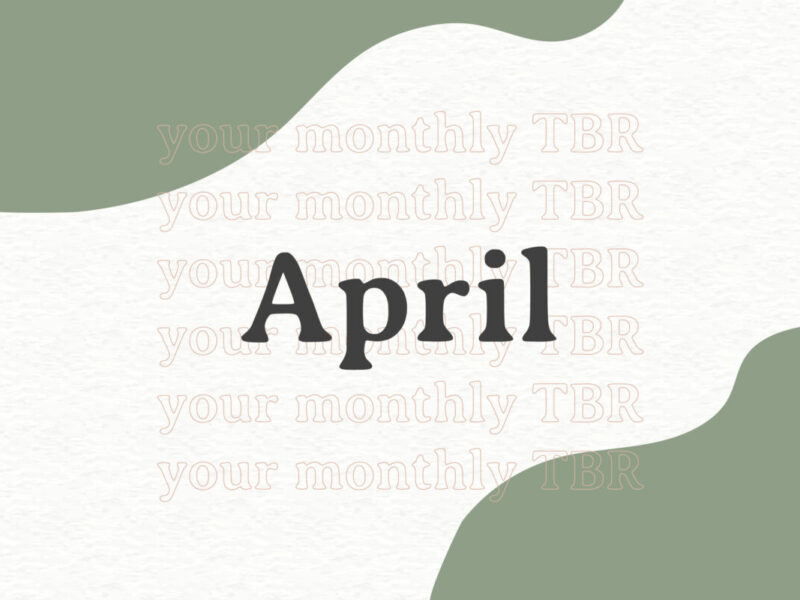Nature Poems by Women to Read This Women’s History Month
Nature is powerful. It is life, love, and healing. The earth nourishes us mentally, emotionally, spiritually, and physically. Throughout the history of poetry, writers have pulled inspiration from the natural world, drawing parallels between nature and humans: seasons, cycles of life and death, persistence, and growth.
And when we think of nature-inspired poetry, iconic figures like Henry David Thoreau or Ralph Waldo Emerson might come to mind. Memories of high school English transcendentalism lessons quickly flood back. A cabin in the woods, solitude, living off the land. The isolated, stoic writer escaping the norms and stressors of everyday life.
Although these poets created impactful works of art, women writers have historically (or, rather, herstorically) been pushed to the margins. Because women experience intersectional forms of oppression, women have often found healing from nature, seeking a sense of peace and connectedness to Earth—through that, creating nature-inspired poetry.
From eco-anxiety about climate change and environmental injustice to high levels of anxiety from work and the pandemic, it’s now as important as ever to reconnect with nature. What better way to appreciate Earth and her wonders than by reading women’s work honoring her?
So to celebrate Women’s History Month, we’re highlighting nature-inspired poems written by women across generations.
Rupi Kaur
If you’re a modern poetry lover, you’ve likely heard of Rupi Kaur, whose bestselling books Milk and Honey, The Sun and Her Flowers, and Home Body, have connected with millions of readers worldwide. Exploring trauma and healing, Kaur weaves nature into her work, like in the poem below.
this is the recipe of life
said my mother
as she held me in her arms as i wept
think of those flowers you plant
in the garden each year
they will teach you
that people too
must wilt
fall
root
rise
in order to bloom
Maya Angelou
Who doesn’t love Maya Angelou? We usually think of her iconic “Caged Bird” poem, but “On the Pulse of Morning” also uses metaphors of the natural world to describe one’s healing process, acknowledging both darkness and light.
A Rock, A River, A Tree
Hosts to species long since departed,
Marked the mastodon,
The dinosaur, who left dried tokens
Of their sojourn here
On our planet floor,
Any broad alarm of their hastening doom
Is lost in the gloom of dust and ages.
But today, the Rock cries out to us, clearly, forcefully,
Come, you may stand upon my
Back and face your distant destiny,
But seek no haven in my shadow,
I will give you no hiding place down here.
You, created only a little lower than
The angels, have crouched too long in
The bruising darkness
Have lain too long
Facedown in ignorance,
Your mouths spilling words
Armed for slaughter.
The Rock cries out to us today,
You may stand upon me,
But do not hide your face.
Joy Harjo
Joy Harjo, an indigenous woman and the 23rd U.S. poet, illustrates the parallel between life’s hardships and Earth’s natural occurrences in “Don’t Bother the Earth Spirit,” which is found in her book Secrets from the Center of the World.
Don’t bother the earth spirit who lives here. She is working on a story. It is the oldest story in the world and it is delicate, changing. If she sees you watching she will invite you in for coffee, give you warm bread, and you will be obligated to stay and listen. But this is no ordinary story. You will have to endure earthquakes, lightning, the deaths of all those you love, the most blinding beauty. It’s a story so compelling you may never want to leave; this is how she traps you. See that stone finger over there? That is the only one who ever escaped.




